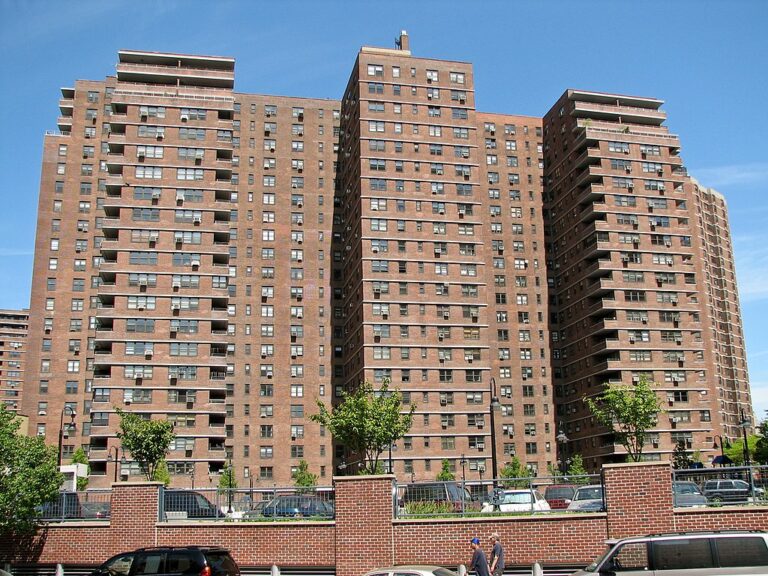Published on September 6, 2023

Since last spring, roughly 100,000 asylum seekers have arrived in New York City. This is a city of immigrants, welcoming to immigrants, built by immigrants. People who were born abroad make up a third of New York’s population and own more than half of its businesses. Yet the city has struggled to accommodate this wave of new arrivals. Migrants are selling candy on the subways, sleeping on the streets in Midtown, waiting for spots in homeless shelters. Families are struggling to access public schools, legal aid, and health care. They are vulnerable to predation and violence.
It is a humanitarian crisis. The city has scrambled to accommodate these new residents, but Mayor Eric Adams says that New York is officially overwhelmed. “We have reached full capacity,” he said bluntly at a press conference last month. “We have no more room in the city….”
Yet the problem is New York’s. And behind this acute crisis is the longer-standing one of an insufficient housing supply….
High housing costs have a way of making every problem a housing problem. A homeless person needing help with a substance-abuse disorder needs housing first. A migrant requiring legal aid more pressingly needs a roof over their head. And high housing costs, of course, force millions of vulnerable people into homelessness. “Our homeless-response system has turned into a crisis-response system,” Gregg Colburn, an associate real-estate professor at the University of Washington’s College of Built Environments, told me. “So many other systems have failed or delegated responsibility to it.”
Continue reading at The Atlantic.
Original story by Annie Lowrey for The Atlantic.